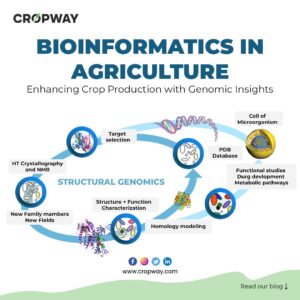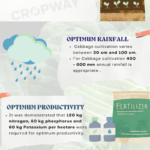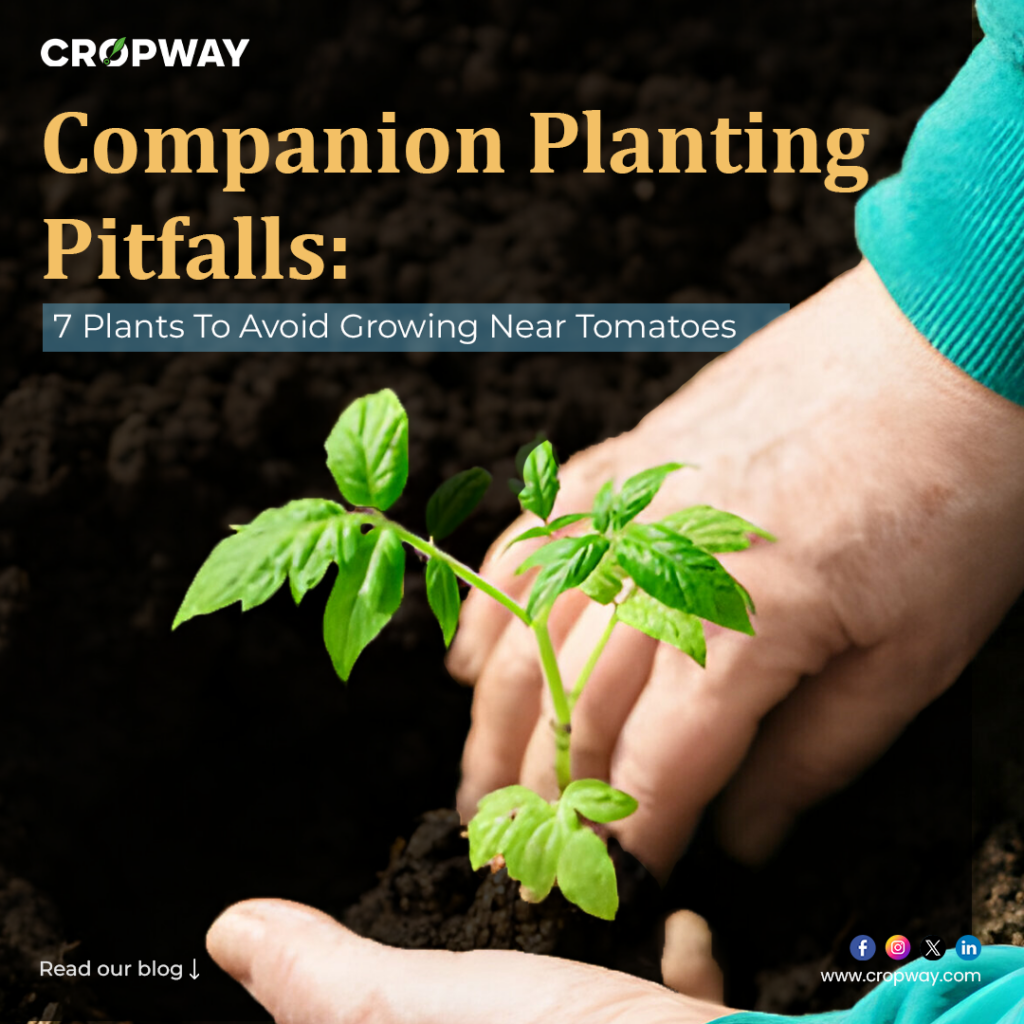
Introduction
Tomatoes, cherished and versatile in home gardens, are a staple for salads, sauces, or simply plucked fresh. Their cultivation is a rewarding endeavor, catering to both novice and experienced gardeners. With relative ease of growth, tomatoes thrive in diverse households, offering a gratifying challenge to seasoned green thumbs. Their presence in the garden adds vibrancy and flavor to culinary pursuits, making them a beloved and enduring favorite among garden enthusiasts. However, before indulging in your homegrown produce, it’s crucial to ensure the proper growth of your tomato plants.
A highly effective method for ensuring their prosperity involves surrounding them with companion plants. These companions contribute to soil enrichment, foster diverse root systems, and assist in managing pests and diseases. Furthermore, companion planting serves to prevent the proximity of incompatible plants, which could otherwise deplete nutrients, obstruct sunlight, attract diseases, or pose other threats. To optimize your tomato garden, it’s important to be aware of plants that should be kept at a distance and consider incorporating others that complement the growth of tomatoes.
Understanding the intricacies of companion planting is crucial for a flourishing tomato garden. While several plants complement tomatoes, enhancing growth and repelling pests, it’s equally vital to recognize combinations that can hinder their progress throughout the season. Companion planting, a strategic gardening technique, not only promotes overall yields but also emphasizes the importance of harmonious plant pairings to ensure the well-being of the entire garden ecosystem.
Companion Plants To Avoid Growing Near Tomatoes.
Here are seven plants generally regarded as unfriendly companions for tomatoes, so it’s advisable to avoid planting them together in the same patch:
Potatoes
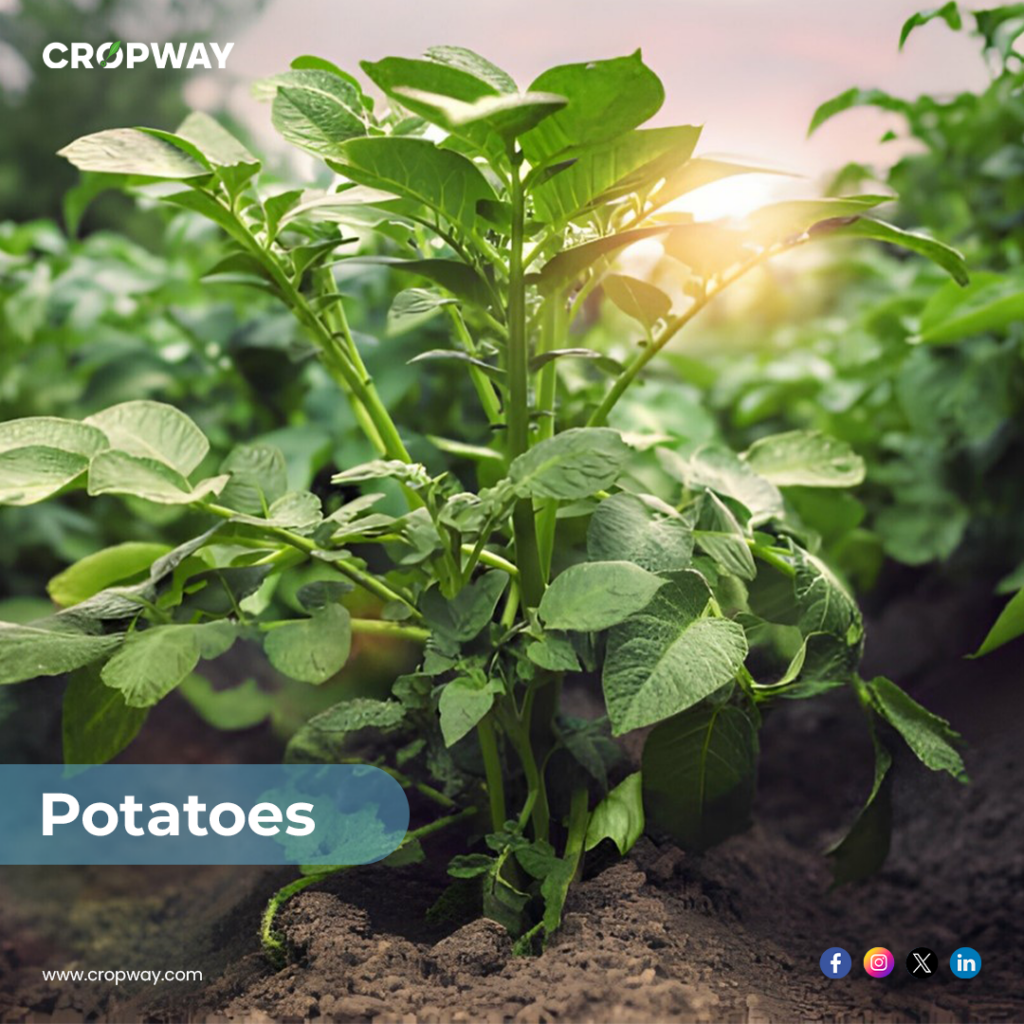
Potatoes and tomatoes shouldn’t be grown together as they are susceptible to the same diseases. One such example is late blight,planting them together increases the likelihood of disease spread between the two, creating a heightened risk for both plants.Both these plants also require heavy nutrients from soil to thrive, so planting them together can cause them to compete for these nutrients To prevent potential issues, it’s advisable to keep these two nightshades at a safe distance of about 10 feet (3 meters).
Dill
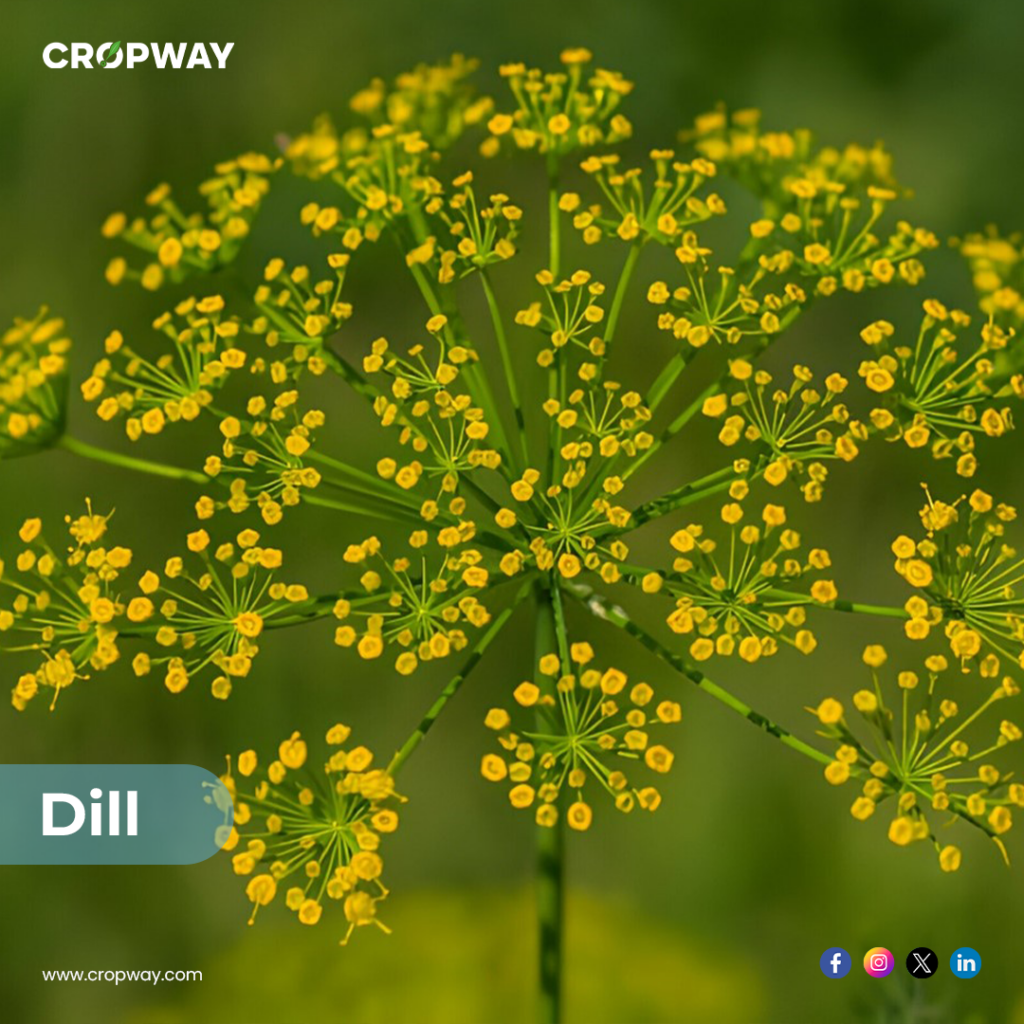
Dill and tomatoes share a unique dynamic, marked by a love-hate relationship. Initially, young dill plantsmay provide beneficial companions during the early stages, acting as a repellent to aphids and tomatoes can shield them from wind. However, as both plants mature, challenges emerge. The once-positive relationship shifts, prompting caution in their coexistence. As dills mature, they transition from helpful companions to competitors, hindering tomato growth.
Dill also attracts tomato hornworms, a common tomato pest. These voracious caterpillars can defoliate tomato plants rapidly. To avoid attracting hornworms, it’s advisable to plant dill at a considerable distance from your tomato plants.
Eggplant
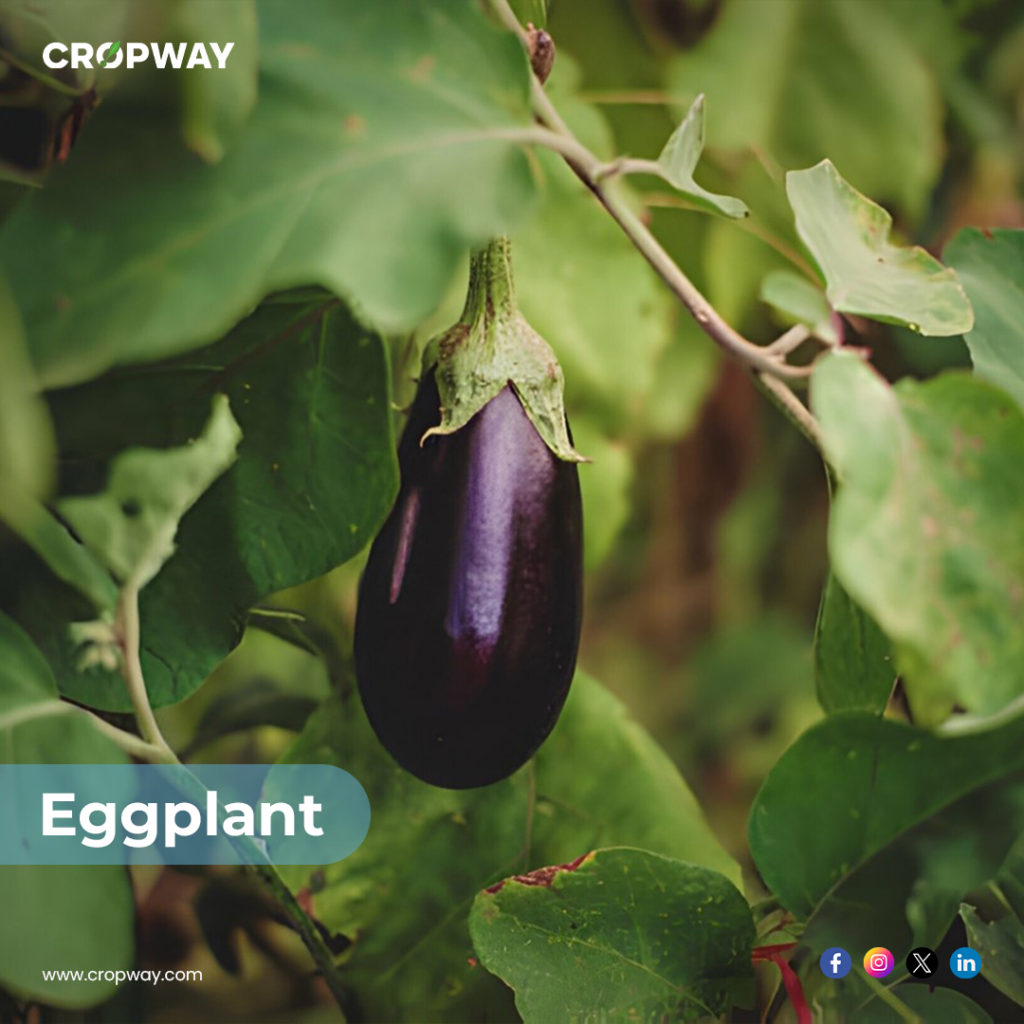
In the garden, tomatoes and eggplants aren’t ideal neighbors, although they harmonize well in culinary dishes. The drawback lies in eggplants’ vulnerability to early blight, a condition you wouldn’t want to transfer to your tomatoes.
Blight, a fast-spreading fungal disease, disseminates through a cultivated area via wind-borne spores. The emergence of sudden browning, yellowing, spotting, or dying leaves on crops serves as a visible indicator of blight’s presence and impact on plants. Keep them separate to prevent potential competition for nutrients and reduce the risk of shared pests and diseases.
Cabbage and Broccoli (Brassica spp.)
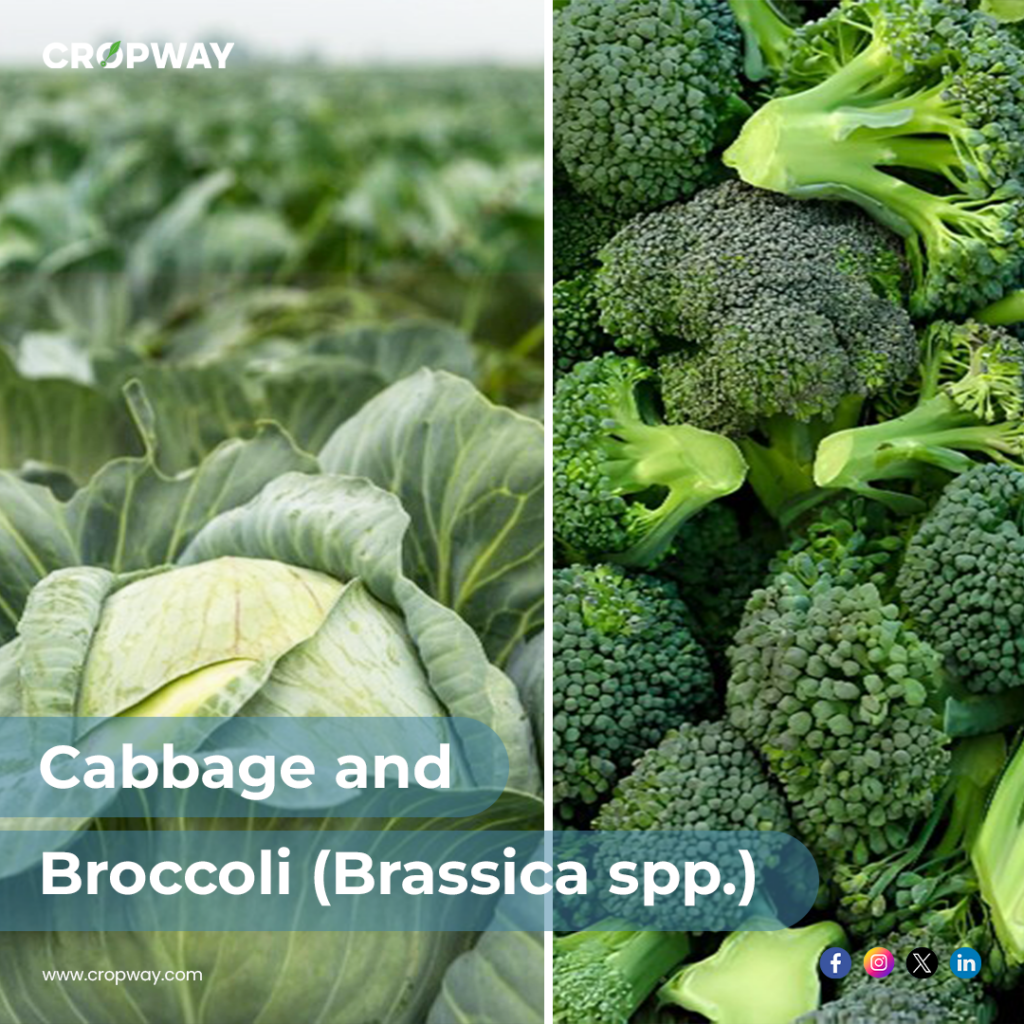
Planting Brassicas near tomatoes creates competition for nutrients, as both vie for the same resources. Despite cabbages having shallow roots (18-36 inches), tomatoes can extend roots to 48 inches or more. This nutrient competition, despite the disparity in root depths, underscores the need to avoid their close proximity in the garden.
Insufficient soil nutrients can lead to tomato plants producing leaves but no flowers, resulting in a lack of fruit. To ensure both crops thrive, it’s best to separate them and rotate their positions in subsequent growing seasons.
Fennel
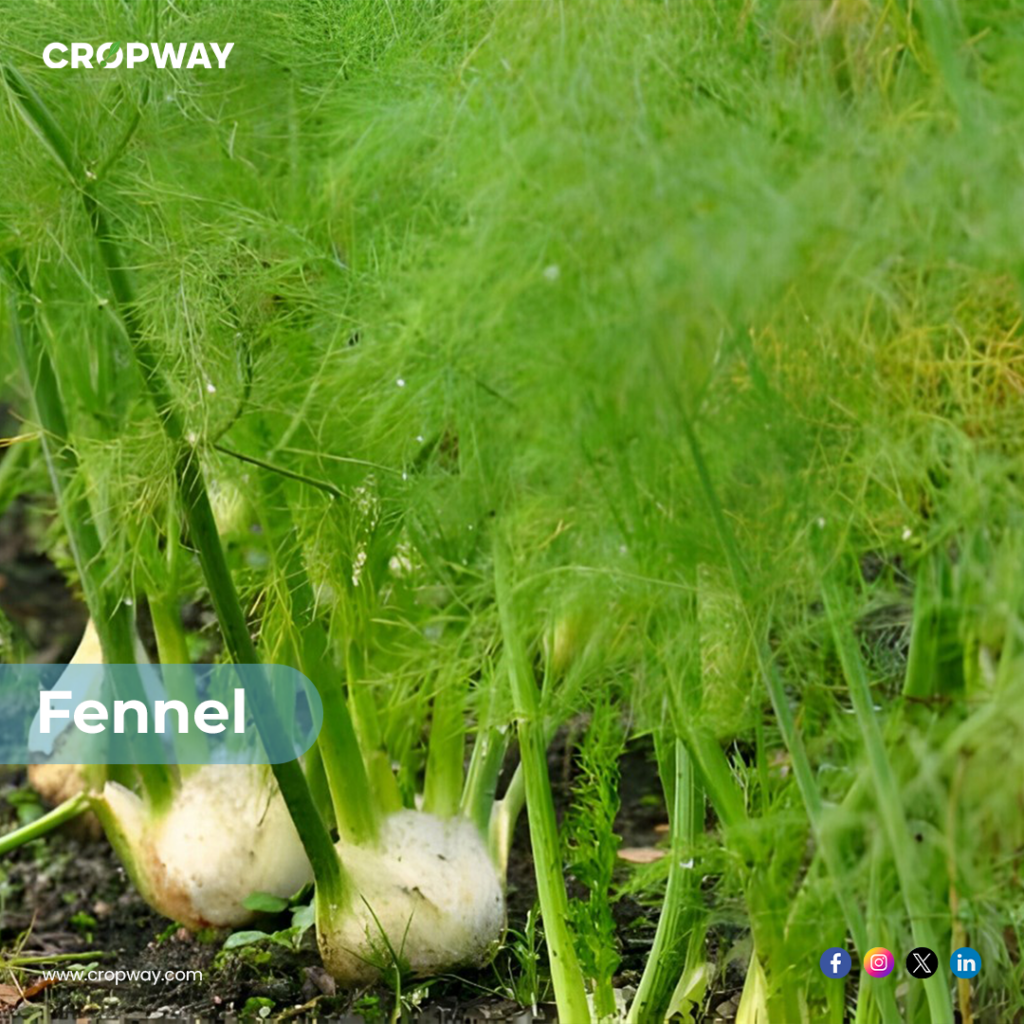
The aromatic fennel, known for its feathery fronds and licorice flavor, proves an unsuitable companion for tomatoes. Similar to brassicas, fennel hinders tomato growth by releasing chemicals that inhibit nearby plants. To promote flourishing tomatoes, it’s advisable to maintain a considerable distance from this flavorful herb. Fennel, not an ideal companion for most vegetables, is better cultivated in a separate patch or pot to avoid potential negative effects on neighboring plants in the garden.
Corn
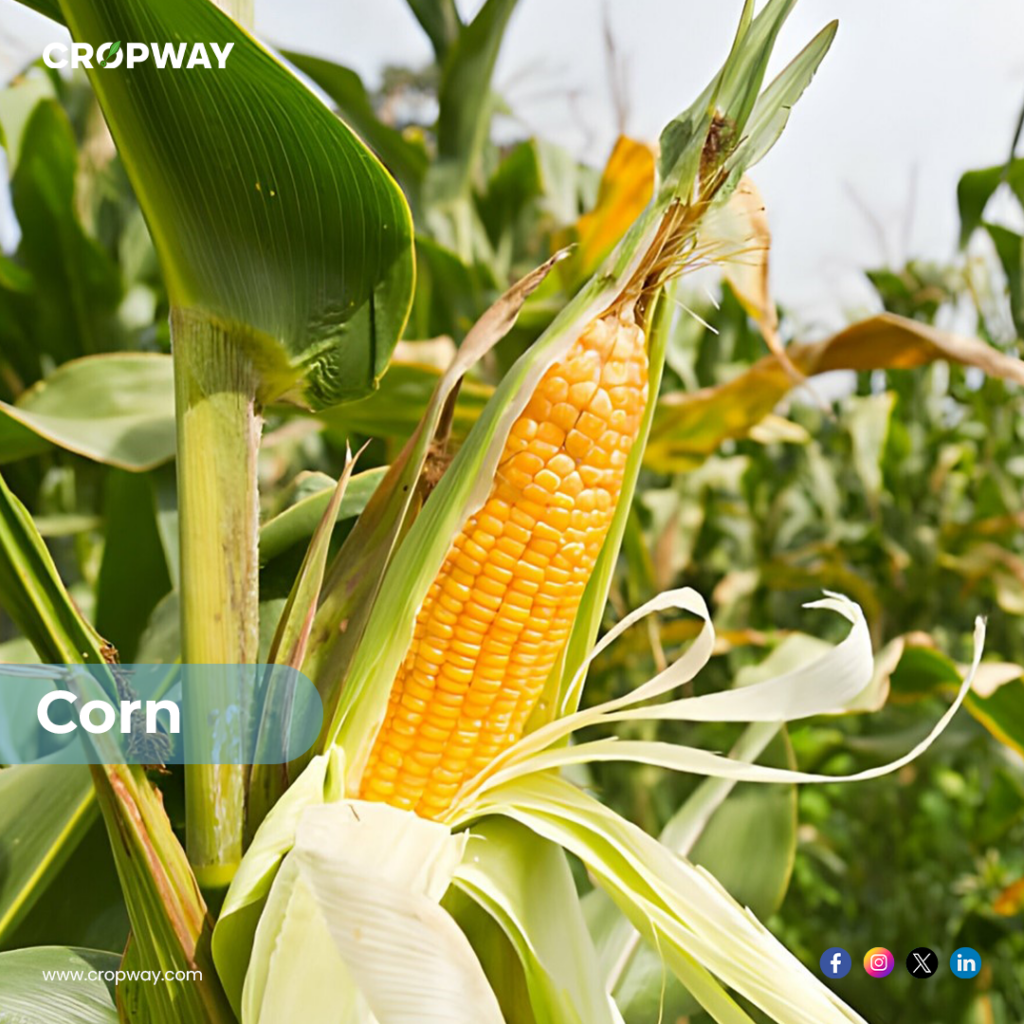
Corn, with its tall and robust stature, poses a challenge to neighboring crops like tomatoes by casting shade, hindering the latter’s need for six to eight hours of sunlight. This shade-induced sunlight deprivation diminishes tomato productivity. Additionally, corn and tomatoes share susceptibility to similar pests and fungal infections, including moth larvae, which disrupt growth. Placing them in close proximity in a garden not only diminishes sunlight for tomatoes but also increases their attractiveness to pests, compounding potential issues for both crops.
Walnuts
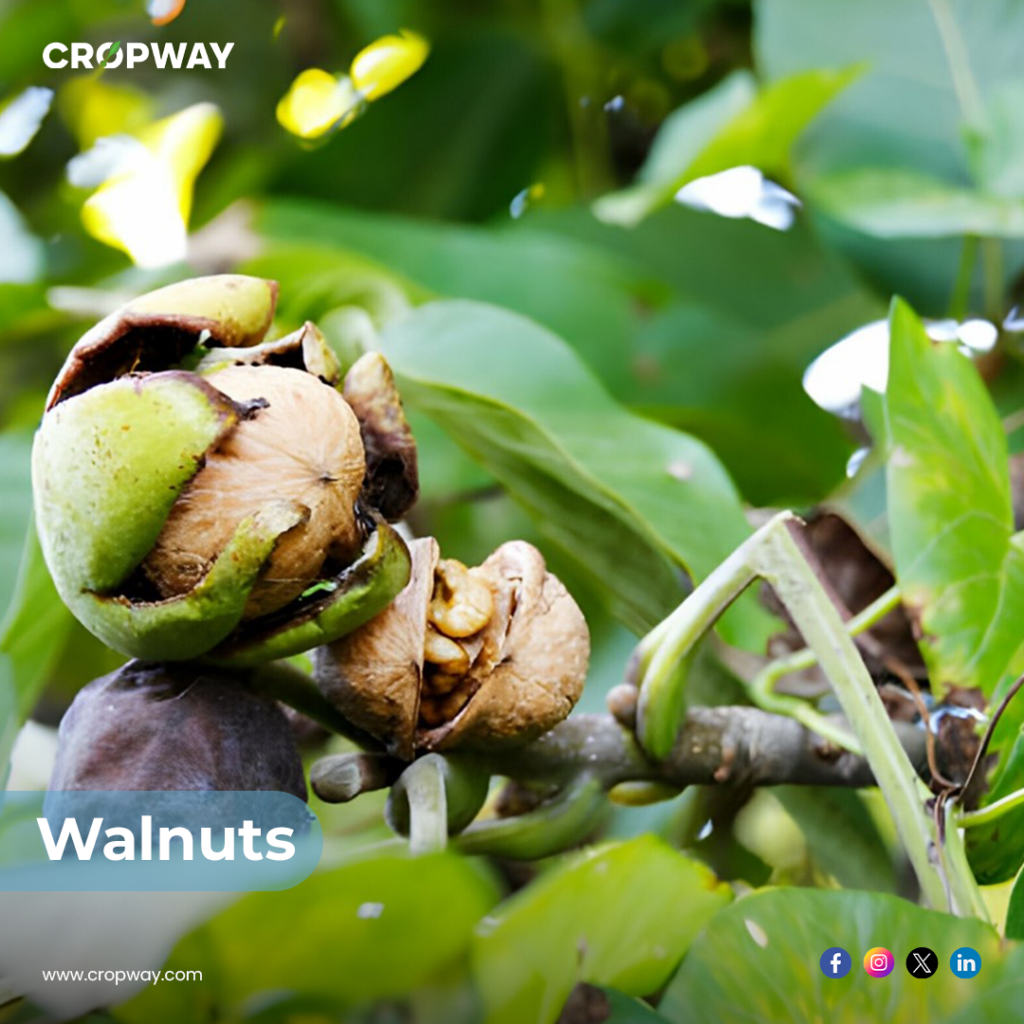
Planting tomatoes near a walnut tree poses a threat to your crop, as walnut trees release juglone into the soil—a substance toxic to various plants, including tomatoes. The roots of walnut trees emit juglone, impeding the growth of nearby plants. The onset of walnut wilt swiftly impacts tomato fruits and the entire plant. To safeguard your tomato crop, it’s prudent to avoid planting them in close proximity to walnut trees to prevent the detrimental effects of juglone on their growth.
Conclusion
Companion planting,also known as interplanting, proves a valuable strategy for optimizing garden potential, demanding thoughtful consideration of plant compatibility. Steering clear of planting tomatoes near incompatible companions is essential to thwart diseases, pests, and nutrient competition. Attentiveness to the diverse needs and interactions of plant species is pivotal for fostering a harmonious and abundant harvest. By being mindful of these plant pairings and avoiding planting these specific plants near your tomatoes, you can help ensure the health and productivity of your tomato plants in the garden.


